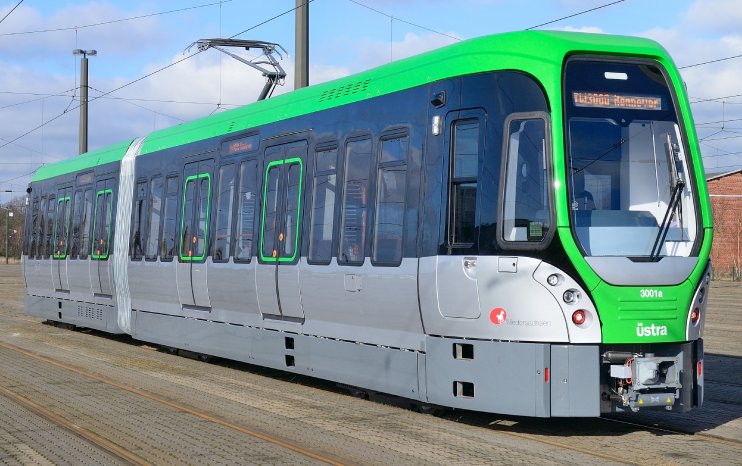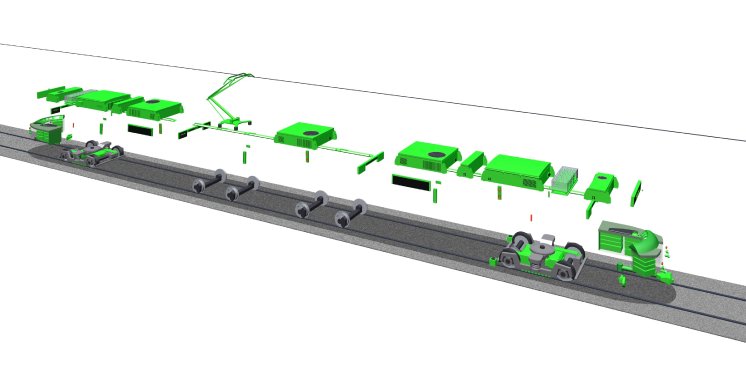Correctly combined
The call for standardized modules is becoming louder also in the railway sector. Such modules would assure faster vehicle development and smoother commissioning. However, a ready-made modular system, as in the automobile sector, would not work here because rail vehicles have to be adapted individually to different track requirements.
In EB, functions can be maintained as modules in a freely extensible basic modular system, for example, for lighting that consists of controls, indicators and luminaires. Options are stored as separate circuit components, which saves you from requiring the otherwise innumerable variants of sheets with all possible combinations of options. With EB, railway carriages are no longer designed individually for each train, but are configured from the quality-tested function modules. "This is how the platform combines individuality and standards into a significantly optimized workflow," said Georg Hiebl, Product Manager Mobility at Aucotec.
Flexibly adaptable
However, that was not enough for the software developers. A workflow is perfect only when the engineering system allows users freedom within the work process. "With the current cost pressure, it is important to adapt the design process to the internal specifications – not the other way round, as in having to subject the processes to the limiting capabilities of a system," said Hiebl. Furthermore, it should be possible to seamlessly integrate everything into the IT environment. For this purpose, EB is equipped with a multi-layer architecture that allows flexible adaptations to processes and seamless linking to other systems.
"Single source of truth" makes changes transparent
The system also permits an exceptionally transparent change process. The many changes in the rail vehicle development process are a major challenge when different disciplines are working together. In EB, all disciplines work in parallel, even simultaneously, on a central data model. This "single source of truth" automatically remains up-to-date and results in particularly continuous data consistency, not only for engineers, but also for the individually configurable production lists. It is always possible to see what has been changed by whom. EB's data model ensures that corrections made once at one point in the documentation are immediately displayed in any further representation of the changed object.




